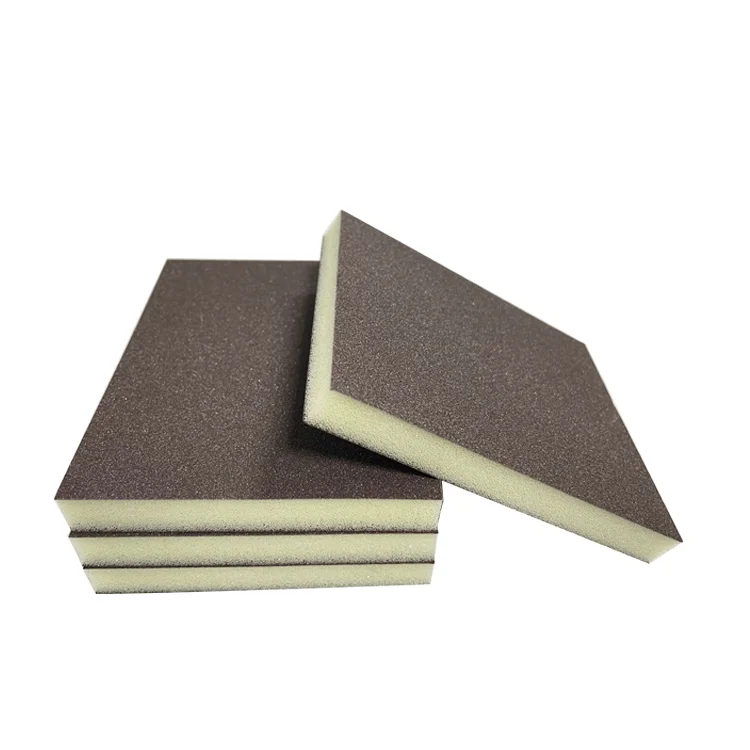When it comes to purchasing diamonds, authenticity is paramount. With the rise of synthetic diamonds and diamond simulants, discerning a genuine diamond from a fake can be a daunting task. While professional gemologists have access to advanced tools and techniques, you can perform a simple yet effective test using just a flashlight. This article will guide you through the process of determining whether a diamond is real by utilizing the properties of light, ensuring you make informed decisions when it comes to your precious gemstones.
Understanding Diamond Properties
Before diving into the flashlight test, it’s essential to understand the unique properties of diamonds that contribute to their brilliance and fire. Diamonds are renowned for their ability to refract light, which is the bending of light as it passes through a medium. This property, combined with their high dispersion, allows diamonds to create a spectrum of colors when light hits them.
The Flashlight Test: Step-by-Step Guide
- Gather Your Tools
To conduct the flashlight test, you will need:
- A high-quality flashlight (preferably LED)
- A clean, dry surface to place the diamond on
- A piece of white paper or a light-colored cloth
- Examine the Diamond’s Sparkle
Begin by placing the diamond on the white paper or cloth. Shine the flashlight directly onto the diamond. Observe how the light interacts with the stone. A genuine diamond will exhibit a unique sparkle, characterized by a combination of white light (brilliance) and colored light (fire).
- Brilliance: This refers to the white light reflected from the diamond. A real diamond will reflect a significant amount of white light, creating a bright appearance.
- Fire: This is the dispersion of light into various colors. A real diamond will show flashes of color when light hits it, while simulants may appear more dull or lack this vibrant display.
- Check for Transparency
Next, hold the diamond up to the flashlight beam. A real diamond will allow some light to pass through, but it will not be completely transparent. Instead, you should see a play of light and shadow within the stone.
- Simulants: Many diamond simulants, such as cubic zirconia, are more transparent and may allow light to pass through without the same level of refraction and brilliance. If the diamond appears too clear or glass-like, it may not be genuine.
- Look for Inclusions
Using the flashlight, examine the diamond closely for any inclusions or blemishes. Genuine diamonds often contain natural imperfections, which can be seen when light shines through them.
- Synthetic Diamonds: In contrast, many synthetic diamonds are flawless and may lack the natural inclusions that characterize real stones. If the diamond appears too perfect, it may raise a red flag.
Additional Tests for Verification
While the flashlight test is a valuable tool, it should not be the sole method of determining a diamond's authenticity. Here are a few additional tests you can perform:
- The Fog Test
Breathe on the diamond to create a fog. A real diamond will clear up quickly due to its thermal conductivity, while simulants will retain the fog for a longer period.
- The Water Test
Fill a glass with water and drop the diamond in. A real diamond will sink to the bottom, while many simulants will float due to their lower density.
- Professional Appraisal
For the most accurate assessment, consider having the diamond appraised by a certified gemologist. They can provide a comprehensive evaluation using specialized equipment.
Conclusion
Determining whether a diamond is real using a flashlight is a practical and accessible method for anyone looking to ensure the authenticity of their gemstone. By understanding the unique properties of diamonds and conducting simple tests, you can gain confidence in your purchase. However, remember that while these methods can provide valuable insights, they are not foolproof. When in doubt, always seek the expertise of a professional gemologist to confirm your findings. With this knowledge in hand, you can navigate the world of diamonds with greater assurance and clarity.

